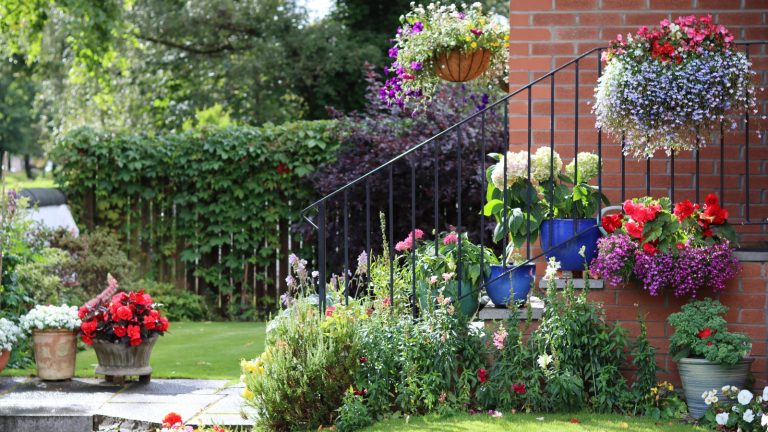
Thyme is not only a well-loved culinary herb, but it also plays a beneficial role in the garden by attracting pollinators, repelling certain pests, and offering a fragrant ground cover. You can fill your garden with thyme without spending any money on seeds by utilizing this straightforward propagation method, which involves taking cuttings from your existing thyme plants.
With over 50 varieties available, thyme can be cultivated in various environments, from pots to garden beds, provided the soil is adequately dry and receives ample sunlight — it’s native to the Mediterranean region, after all. While there are numerous tips for cultivating the best thyme, it remains a relatively low-maintenance plant.
Growing thyme from seeds is possible, though it can be challenging due to the inconsistent germination process. Fortunately, you can easily propagate this flavorful herb from cuttings. This method is more reliable for producing healthy new plants since each cutting is a clone of the parent plant. Begin the propagation process 6-10 weeks before the last winter frost in your area, transitioning the plants outdoors two to three weeks after the final frost.
How to propagate thyme step by step
To propagate thyme from cuttings, start by using sterilized scissors or a knife. Select a sturdy, healthy stem with multiple leaves that is not woody and lacks flowers. Make your cut approximately three inches below the stem’s tip, just beneath a leaf node (the point where a leaf connects to the stem). Cut at a 45° angle, which facilitates water absorption and root growth. Next, remove the lower leaves from the stem.
You can then choose to place the cutting in a growing medium or water. Vermiculite is a popular growing medium; it’s a lightweight, sterile mineral found in many potting mixes, available at gardening stores. Alternatively, you can use sand or compost for propagation. If you opt for these methods, first apply a rooting hormone to the cut end, such as HydroDynamics Clonex Rooting Compound. Keep the cutting away from direct sunlight and water it frequently to maintain moisture in the growing medium. Roots should develop in about six weeks, after which you can transfer the cutting to a larger pot.
If you decide to use water for propagation, skip the rooting hormone and use fresh filtered water instead. Change the water every few days, ensuring only the leafless part of the stem is submerged. The process is otherwise identical — roots will appear within a few weeks, and you can then transfer the cutting to soil.






